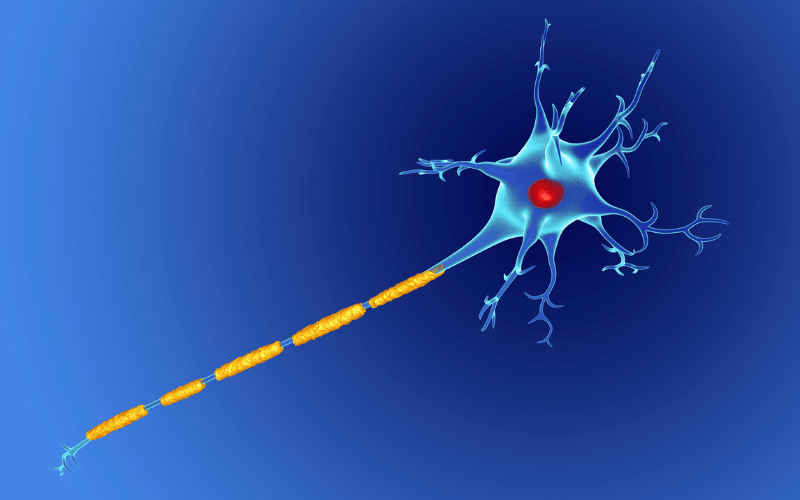Sign 5: Nerve Damage

Our body’s vast network of nerves is fundamental to both sensations and movement. Within the context of multiple myeloma, this network is at risk. Neuropathy, or nerve damage, presents itself in a multitude of ways, each depending on the nerve affected and the severity of the damage.
The onset of neuropathy is often sneaky. What starts as a transient tingling sensation or a patch of numbness, predominantly in lower extremities like legs or feet, could be the body’s first signal of nerve damage. This isn’t just an occasional ‘pins and needles’ feeling post a prolonged sitting; it’s a persistent anomaly.
As the condition develops, these sensations metamorphose. What was once tingling might intensify into a burning sensation, a sting, or even sharp jolts of pain. The unpredictability of this pain, oscillating between mild discomfort and unbearable agony, can be particularly distressing.
Beyond just sensory symptoms, neuropathy can also encroach upon our motor nerves. This leads to symptoms like muscle weakness, difficulty in walking, or challenges in gripping objects. Everyday tasks can become daunting challenges, and without intervention, there can be a tangible decline in the quality of life.
One may wonder, how does a condition primarily rooted in bone marrow affect the nerves? The link is found in the proteins the myeloma cells produce. They can accumulate around nerves, sparking off inflammation and eventual damage. Moreover, some treatments meant to combat myeloma can also induce neuropathy. However, with proactive monitoring, symptom reporting, and medical intervention, managing and even reversing some neuropathy symptoms is within reach. (5)